In the current era of malaria eradication, reducing transmission is critical and depends on accurately identifying and quantifying parasite populations present in human infections, including those stages required for transmission.. Here, we present a method for estimating relative amounts of Plasmodium falciparum parasite stages from gene expression measurements. These are modeled using constrained linear regression to characterize stage-specific expression profiles within mixed-stage populations. We validated inferences both from microarrays and from quantitative RT-PCR (qRT-PCR) measurements, based on the expression of a small set of key transcriptional markers. This sufficient marker set was identified by backward selection from the whole genome as available from expression arrays targeting one sentinel marker per stage. Profiles were analyzed functionally by gene set enrichment analysis (GSEA) and by measures of population diversity and divergence, identifying pathways differentially regulated at each life cycle stage. When applied in vivo to peripheral blood samples from malaria patients, the system identified both immature and mature gametocyte carriers. We believe the approach presented here will be a valuable resource for staging lab and field samples alike and will have wide applicability in epidemiological studies of malaria transmission.
